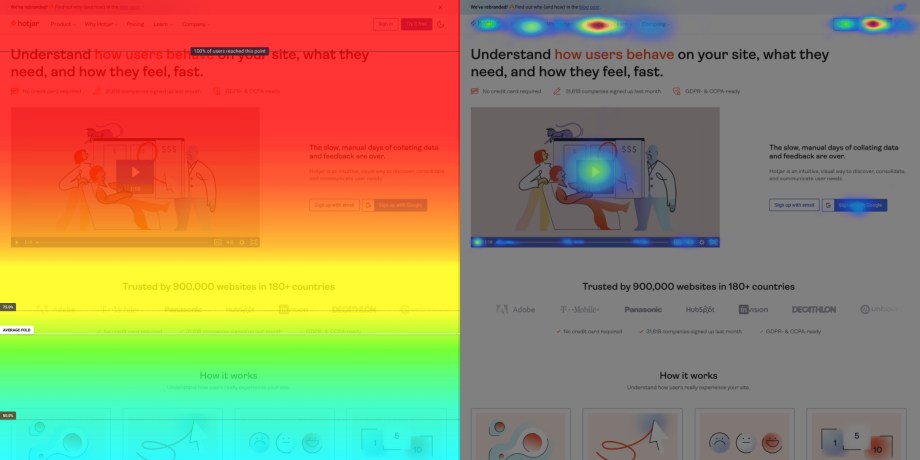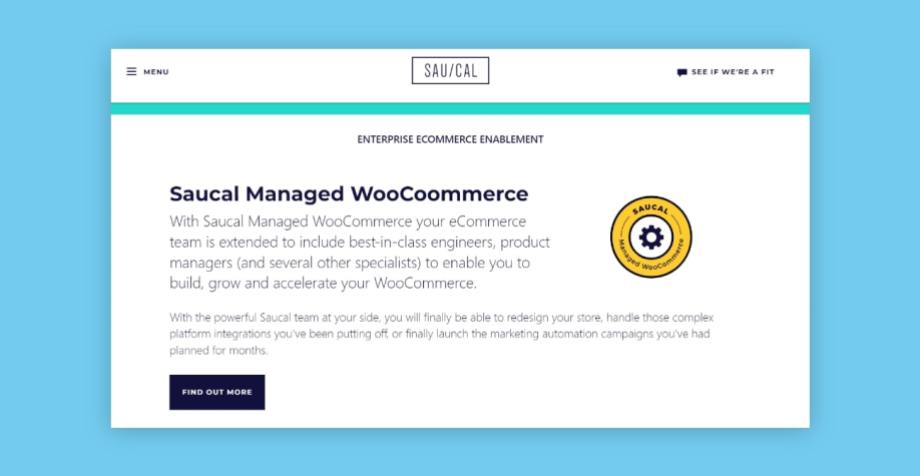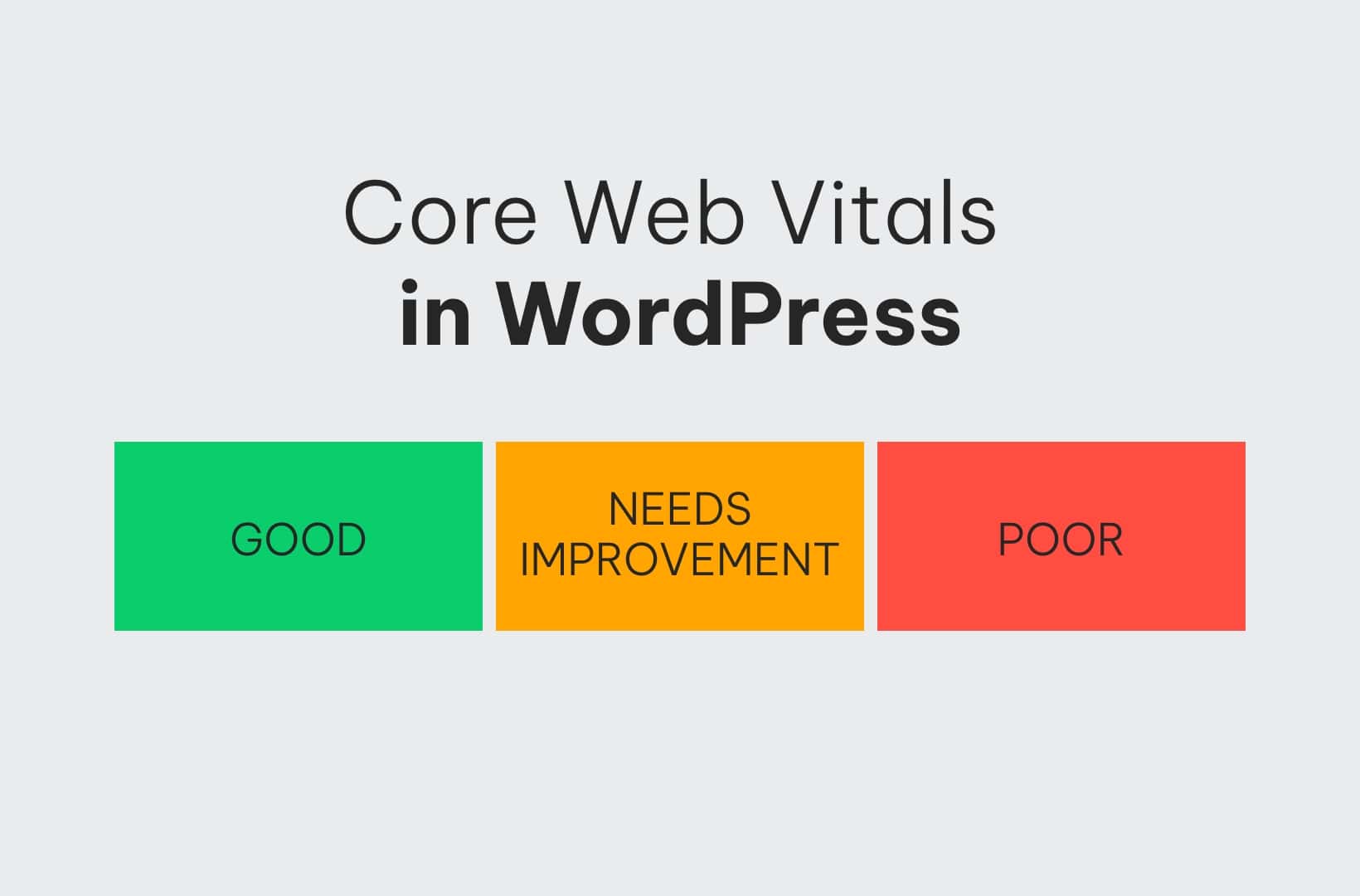Are you an eCommerce professional struggling to decipher the enigma of customer behavior in your online store? Perhaps you’re grappling with low conversion rates, high bounce rates, or negative feedback on your site’s usability.
These pain points are all too familiar in the bustling world of eCommerce, but fear not!
The key to unlocking these mysteries and turning the tide lies in one crucial element: User Experience (UX).
UX is the unsung hero of the digital shopping realm, orchestrating seamless and enjoyable experiences for your customers as they navigate your online store.
A well-designed UX can be the wind beneath your sales figures, lifting conversion rates, boosting average order values, and nurturing customer satisfaction and loyalty. In other words, it’s your eCommerce site’s secret sauce for success.
In this article, we’ll be your UX guide, unraveling the intricate web of customer behavior and providing you with actionable insights to optimize your online store. We’ll explore what makes good UX, how it impacts conversion and customer behavior, and how you can measure and improve the user experience on your eCommerce website.
As a WooCommerce store owner, you’re already on the path to greatness. But greatness doesn’t stop there; it needs constant refinement, and that’s where we, at Saucal, come in. As thought leaders in eCommerce user experience and Woo experts with vast experience, we’ll help you elevate your store to new heights, setting it apart from the competition. Whether you’re looking to scale, migrate from another platform, or build a brand-new eCommerce site, consider this article a small taste of the expertise we can offer.
Let’s begin!
What is user experience (UX)?
User Experience (UX) refers to the overall experience a user has when interacting with a product or service, encompassing their emotions, perceptions, and responses to various aspects of the interaction.
Addressing pain points such as difficulty in understanding customer behavior or low conversion rates can be achieved by focusing on improving the UX of your eCommerce platform.
Key elements of eCommerce UX design include:
- Navigation
- Product landing pages
- Checkout page and processes
- Mobile optimization
These components should be designed with the user’s needs and preferences in mind to create a seamless and intuitive shopping experience.
By paying close attention to these elements, businesses can enhance the user experience, leading to increased sales and customer satisfaction.
As we dive into the various aspects of UX design, we will explore essential strategies and tips for improving eCommerce UX.
These include simplifying the shopping process, optimizing design, and utilizing personalized content and customer segmentation. You can implement these best practices to create a user-friendly eCommerce platform that encourages customer engagement and drives sales!
How to check the quality of your eCommerce UX

You can evaluate the quality of your eCommerce UX by using quantitative methods and analytics tools to identify areas of improvement and decide how to optimize your website’s overall performance.
Here’s a look at some standard parameters we’ll discuss, like key performance indicators (KPIs), heatmaps, scroll maps, and click maps, as well as the importance of continuous improvement and testing.
Key performance indicators (KPIs)
To assess the effectiveness of your eCommerce business, it’s crucial to analyze specific KPIs, such as bounce rate, conversion rate, and average time on page. These metrics help pinpoint where users may be struggling or leaving your site prematurely.
For example, a high bounce rate could indicate that your homepage isn’t engaging enough, while a low conversion rate might suggest issues with your product pages or checkout process.
Heatmaps, scroll maps, and click maps
Visualizing user behavior on your website can reveal potential UX issues that may not be immediately apparent. Heatmaps, scroll maps, and click maps are valuable tools for understanding how users interact with your site’s content, navigation, and design elements.
For instance, heatmaps can show areas where users tend to click or hover, indicating popular or confusing elements.
Scroll maps help identify content placement issues by displaying how far users scroll down a page.
Click maps reveal which buttons or links are most frequently clicked, helping you optimize your site’s navigation.
Continuous improvement and testing
To ensure your eCommerce UX remains top-notch, it’s vital to monitor and analyze user behavior data regularly.
You can continuously improve your website’s performance by iterating on your design and testing the impact of changes on UX metrics.
Adopt a data-driven approach to decision-making, and be prepared to make adjustments based on your findings to improve the customer journey.
There are several tools that can help you evaluate and improve your eCommerce UX, such as:
- HotJar: Uncovers user insights with heatmaps, session recordings, and surveys to optimize your website’s UX and boost conversions.
- Google Analytics: Tracks and analyzes crucial web traffic data to make data-driven decisions for improving your site’s performance and user engagement.
- UsabilityHub: Tests and validates design choices with real users, gathering valuable feedback to create intuitive, user-friendly interfaces.
- Crazy Egg: Visualizes user behavior through heatmaps, scroll maps, and click reports, helping you identify areas of improvement for enhanced UX.
- Optimizely: Runs powerful A/B tests and personalizes user experiences, driving growth through continuous optimization and data-driven decision-making.
By leveraging these tools, you can gain valuable insights into your site’s performance and make informed decisions to optimize your eCommerce UX.
How to optimize eCommerce pages for UX
Embarking on the quest to optimize your eCommerce pages for UX is an exciting journey, one that involves a deep dive into the key elements of eCommerce UX design.
From smooth navigation and alluring product pages to a frictionless checkout process and seamless mobile optimization, mastering these fundamentals is the foundation of great user experience.
In the following sections, we’ll provide you with detailed guidance on optimizing each of these critical components while also exploring other essential aspects like personalization, captivating visual design, and top-notch user support.
Optimizing the shopping process
Your product landing page is the place where the shopping process begins in earnest. This is where you can use the power of effective website design to create a great first impression on your visitors and convert them into customers.
Here are some elements of the product landing page that you can work on to optimize your shopping process:
- Add an effective search function: An accurate search field allows users to find products quickly and easily, leading to higher conversion rates. Ensure that your search bar is easily accessible on the homepage, and consider implementing search autocomplete and suggestions to improve the search experience, making it more efficient and user-friendly.
- Add detailed product descriptions: Write in-depth and precise product descriptions with relevant keywords and product details, to improve the search engine ranking score of the landing page. Include tags around product-related trends and product categories to help products list easily in search fields.
- Add social proof: User testimonials, reviews, and ratings are a great way to improve the trust factor of the product, which in turn drives purchases. It also helps improve your SEO are users are likely to use keywords organically in their reviews.
- Add a soft conversion option: Not all users are going to buy from you the very first time they land on your website. For those buyers who are still on the fence, add a low-friction conversion option, like adding the product to a ‘Wishlist’. This requires them to sign up anyway, enabling you to send regular reminders about their potential purchase as well as new and relevant products.
Enhancing the shopping cart experience
The shopping cart is a crucial component of the eCommerce user experience, serving as a bridge between browsing and purchasing. A well-designed shopping cart can significantly impact conversion rates, making it essential to prioritize its optimization.
To enhance the shopping cart experience, businesses should focus on providing clear and concise product information. This includes a clear product list, complete product names, images, descriptions, and pricing information. Customers should have all the necessary information at their fingertips to make an informed purchase decision.
Another key aspect to consider is the ability to easily update quantities. Customers may want to adjust the number of items in their cart, and businesses should make it as easy as possible for them to do so. Clear and visible quantity controls can go a long way in improving the user experience.
Finally, it’s essential to include prominent calls-to-action (CTAs) for proceeding to checkout. These should be prominently displayed and visually distinct, making it clear to customers how to complete their purchase. This can include clear and descriptive button labels, such as “Proceed to Checkout” or “Buy Now.”
Visualizations, discounts, and payment options
Visualizations play a significant role in making the shopping experience more engaging and informative. High-quality product images, videos, and 3D models can help customers better understand the product and make informed purchasing decisions.
Besides, visualizations can enhance the overall aesthetic of your website, contributing to a positive user experience.
Offering discounts and promotions is another way to incentivize purchases, as limited-time offers or exclusive deals can increase average order value and encourage customer loyalty.
However, you need to ensure that these promotions are prominently displayed and easy to apply during the checkout process.
Providing multiple payment options is essential for catering to a wide range of user preferences and increasing conversion rates. Consider integrating popular digital wallets and offering various payment methods, such as credit cards, debit cards, and bank transfers, to accommodate different customer needs.
Designing for mobile devices and personalization
Mobile eCommerce is expected to reach $620.97 billion by 2024, which is equal to more than 40% of total eCommerce sales.
Given this massive increase in the number of mobile shoppers, mobile optimization becomes a critical aspect of eCommerce UX. Ensure that your website is responsive and offers a seamless experience across different screen sizes and platforms.
If possible, invest in a mobile app for your store. With this, you can collect customer information and use personalization to significantly improve UX by delivering customized content, offers, and recommendations based on user behavior, preferences, and demographics.
Utilize user research and customer segmentation to tailor your website’s content and messaging, creating a more relevant and engaging experience for each visitor. This approach not only enhances UX but can also lead to higher conversion rates and increased customer loyalty.
Visual design considerations
Visual design influences users’ perceptions and interactions with your website. Colors, typography, and visual cues play important roles in guiding users and creating a cohesive, aesthetically pleasing experience.
Here are some tips to optimize your visual design:
- When selecting colors for your website, consider using contrasting colors for CTAs to make them stand out and draw users’ attention.
- Choose a color palette that aligns with your brand and evokes the desired emotions in your target audience.
- The typography should be legible and consistent throughout the site to ensure a professional appearance.
- Incorporate familiar icons and visual cues for navigation to help users quickly understand how to interact with your website.
By providing clear and intuitive visual guidance, you can enhance UI/UX and make it easier for customers to navigate and complete their purchases.
Simplifying the checkout process
A poorly designed or overly complicated purchase process can lead to cart abandonment and lost revenue, while a streamlined and user-friendly checkout experience can increase conversions and customer satisfaction. The checkout process should be smooth and seamless, with minimal barriers to purchase.
You can use the strategy of a single-page checkout, condensing all the necessary steps into a single page, minimizing friction and reducing the chance of customers abandoning their cart due to a cumbersome checkout process.
Another effective way to simplify the checkout process is by offering guest checkout. Many customers are deterred by the prospect of creating an account on every new eCommerce store, as it adds an additional step to the checkout process.
By allowing customers to complete their online shopping as guests, businesses can reduce barriers to purchase and make the customer experience more accessible and user-friendly.
Building customer loyalty through user reviews and support
User reviews play a vital role in building trust and influencing purchase decisions. They provide potential customers with valuable insights into the quality of products and services, helping them make informed choices.
A good UX practice is to actively collect and display customer reviews on your business website, as this can lead to increased trust, higher conversion rates, and improved customer satisfaction.
In terms of user support for increasing customer satisfaction, you can set up a live chat option to enable real-time communication, allowing you to resolve issues faster and more efficiently. In addition, establish clear contact information on the website to enable customers to reach out through their preferred channels.
Here are some more expert suggestions from Kostas Seresiotis, Senior Product Engineer at Saucal:
Make sure your navigation is clear, simple and allows users to find what they are looking for without too much hassle.
If you feature that many products that are not reachable within a couple navigation steps, make sure you have an easily accessible search bar that is super fast and returns the most relevant results.
One of the most important type of content that is often overlooked is the product images. Make sure that while these don’t affect the loading times of the site, users can get high resolution images if they request so.
Make the customers feel safe by providing as much social proof as possible, listing your contact details and address, giving an easy way for people to reach you and also by providing upfront all information regarding refunds & returns in an easily accessible location.
Make sure that the site is optimized and runs super fast, and every second matters when it comes to online buyers.
Partner with Saucal for expert WooCommerce solutions
Now you know whether you need to optimize your eCommerce UX. You also know what you can do to improve it. So far, so good.
Now, the next obvious question is, how do you do it? Do you struggle through the various stages of WooCommerce optimization to create a beautiful, aesthetic, speedy WooStore, or do you turn to a professional for help?
We recommend the latter.
That is where Saucal comes in!

Saucal is a trusted partner for businesses seeking expert WooCommerce solutions. With certified WooExperts on the team, we can effectively build, enhance, and maintain online stores and extensions, ensuring your eCommerce platform operates at its full potential.
Plus, our support and maintenance plans are designed to keep your site running smoothly and provide uninterrupted service for your customers. By taking care of updates, testing, uptime monitoring, security, and hosting, Saucal allows you to focus on growing your business.
At Saucal, transparency and communication are our core values. With up-front billing and regular updates on project progress, clients can trust that they are in good hands and that there will be no surprises along the way.
One small step of partnering with Saucal can be a giant leap for your WooCommerce store.
Connect with us today to ensure the success of your online store and create an exceptional user experience for your customers!

